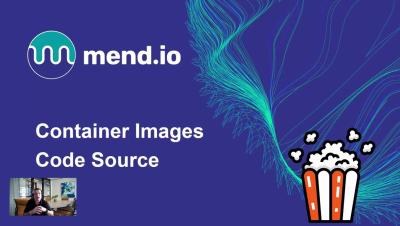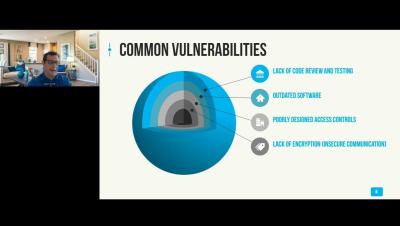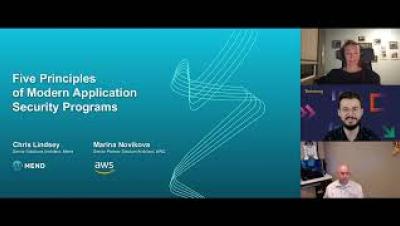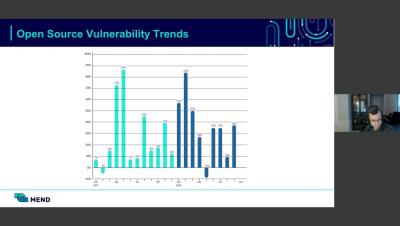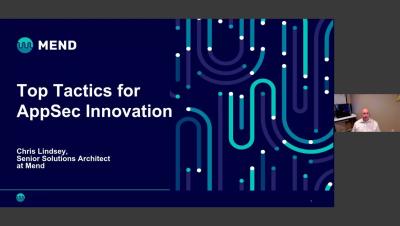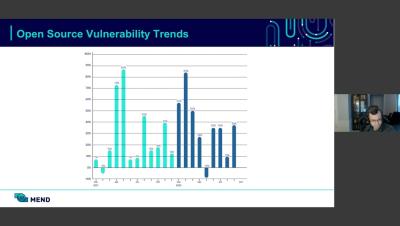Integrations to elevate your DevSecOps program
In this blog series, we’ve covered how AppSec integrations can enable a more secure SDLC, avoiding pitfalls when integrating AppSec for DevOps, and how to use integrations to automate security risk information collection and delivery. So let’s wrap up this series by taking a look at how an Integrated DevSecOps program can help future-proof your AppSec program.





